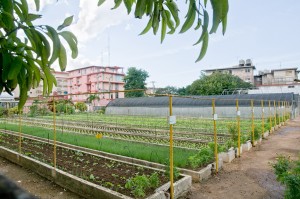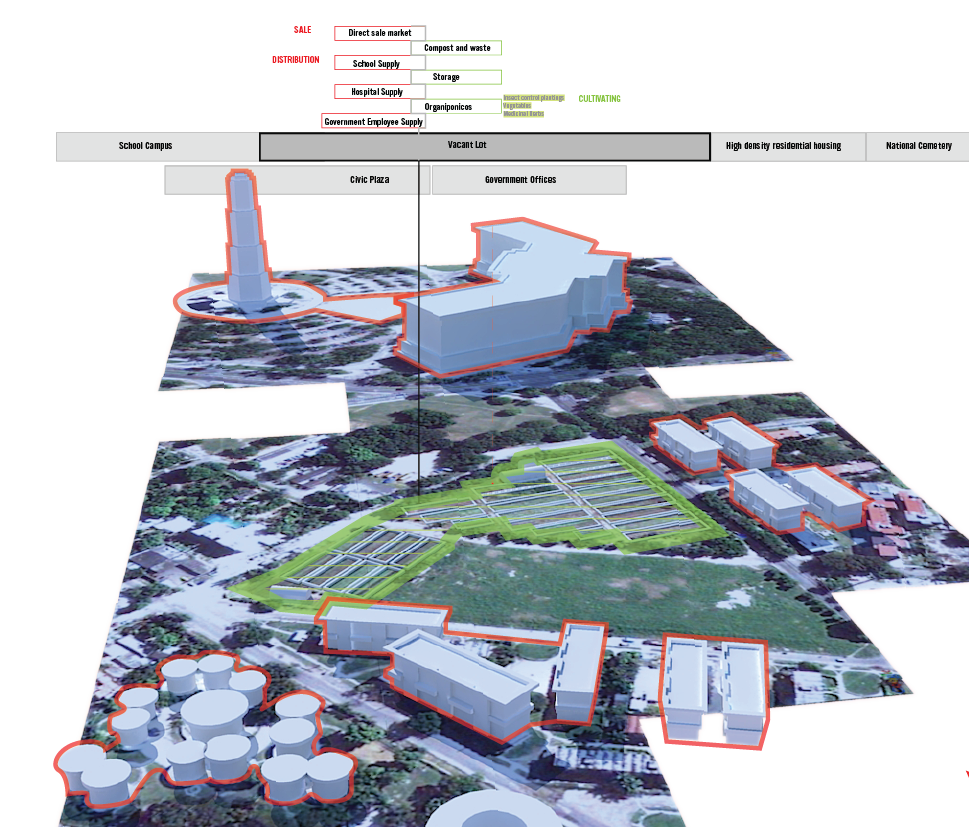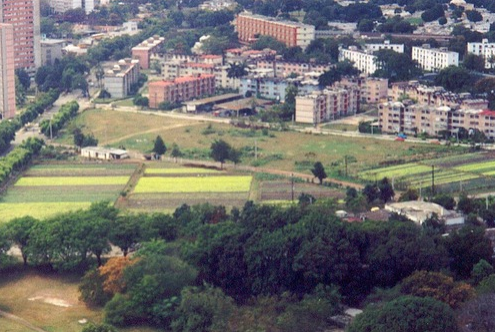Situated in concrete raised beds in an old parking lot, the 44th St. Organoponico garden fertilizes the soil using worm compost and magnetizes the water to reduce the build up of minerals in the beds. They use plants such as sorghum to lure pests to the edges of the garden, and strategically plant onions and garlic as a repellent. In addition, the garden serves as a production facility for trychoderma, a substance used to control insects, which is sold on-site and to the state for further distribution.
The 8 members who run the garden each earn up to three times the average monthly wage in Cuba, making the project a lucrative venture. They sell produce to either institutional kitchens or directly to the consumer.
SOURCE: http://sfbayview.com/
EDITOR’S NOTE: Cuba’s urban farming movement was born out of necessity for sustenance after the oil crises of 1991. When Cuba lost 80 percent of its oil imports, the people began to suffer from disease and malnutrition. As a result of this people began growing their own food and creating food coops.









